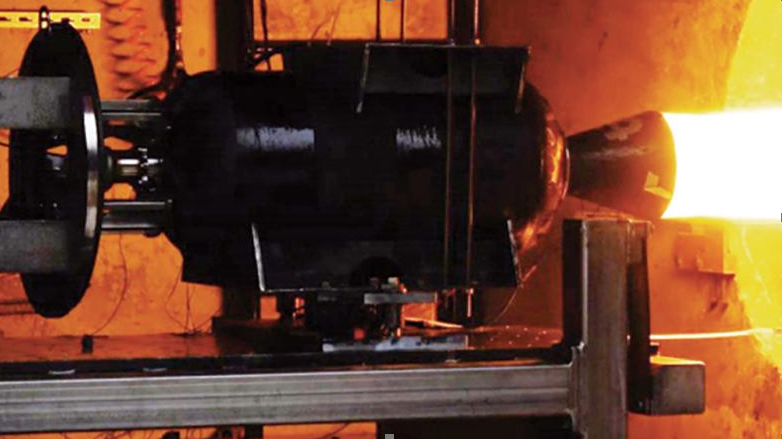
BEIJING—Taiwanese space launch company Tispace has rescheduled its first flight to June in response to the COVID-19 crisis while continuing development work and preparing for production.
Tispace is looking at offering its technology for short-notice, flexible launches to the U.S. Defense Department.
The June mission, a suborbital shot, will demonstrate the company’s hybrid-engine technology, the key to Tispace’s ambition for reducing launch costs by 90% from the already low levels of other new companies.
The production rocket—the expendable, three-stage Hapith V—is intended to deliver up to 390 kg (860 lb.) to a low-inclination orbit of 600-700 km (370-430 mi.). Tispace said last year the price would be would be $6-7 million a shot, well above the undisclosed cost.
In October 2019 the Hapith 1 demonstrator was due to fly in the following month. The schedule slipped but the company was ready to go on Feb. 13—until the appearance of severe high-altitude wind shear conditions at a base in southeastern Taiwan prevented the launch, said Yen-Sen Chen, the company’s founder and CEO.
“After that, we were facing the coronavirus pandemic situation that has further delayed our launch plans,” Chen said, referring to the problem of crewmembers being unable to work close to each other. “So we are currently aiming for restarting our launch campaigns by June as the conditions for crowd gathering would become less of a public concern.”
Meanwhile, the company is preparing for manufacturing. Its initial production facility, near Taipei, is intended to have a capacity of 12 rockets a year.
The company will also be “performing more validation tests of the propulsion system and getting ready for a tight launch schedule once the activities resume,” Chen said. In October, Tispace was planning monthly Hapith V launches in 2021.
Chen added: “We are also looking into the prospects of entering the DARPA Challenge for fast access to space.”
There is no such DARPA Challenge right now, though the U.S. agency is looking at how to follow up a two-year competition that it ran until last month for demonstrating short-notice space launches. No one won the offered prizes for launching within weeks of notification, then again only days later from a different location.
Tispace engines consist of a pressurized carbon-fiber tank feeding oxidizer (nitrous oxide) to a block of special hard rubber that acts as fuel. The fuel is encased in carbon fiber. There is almost no machinery.





